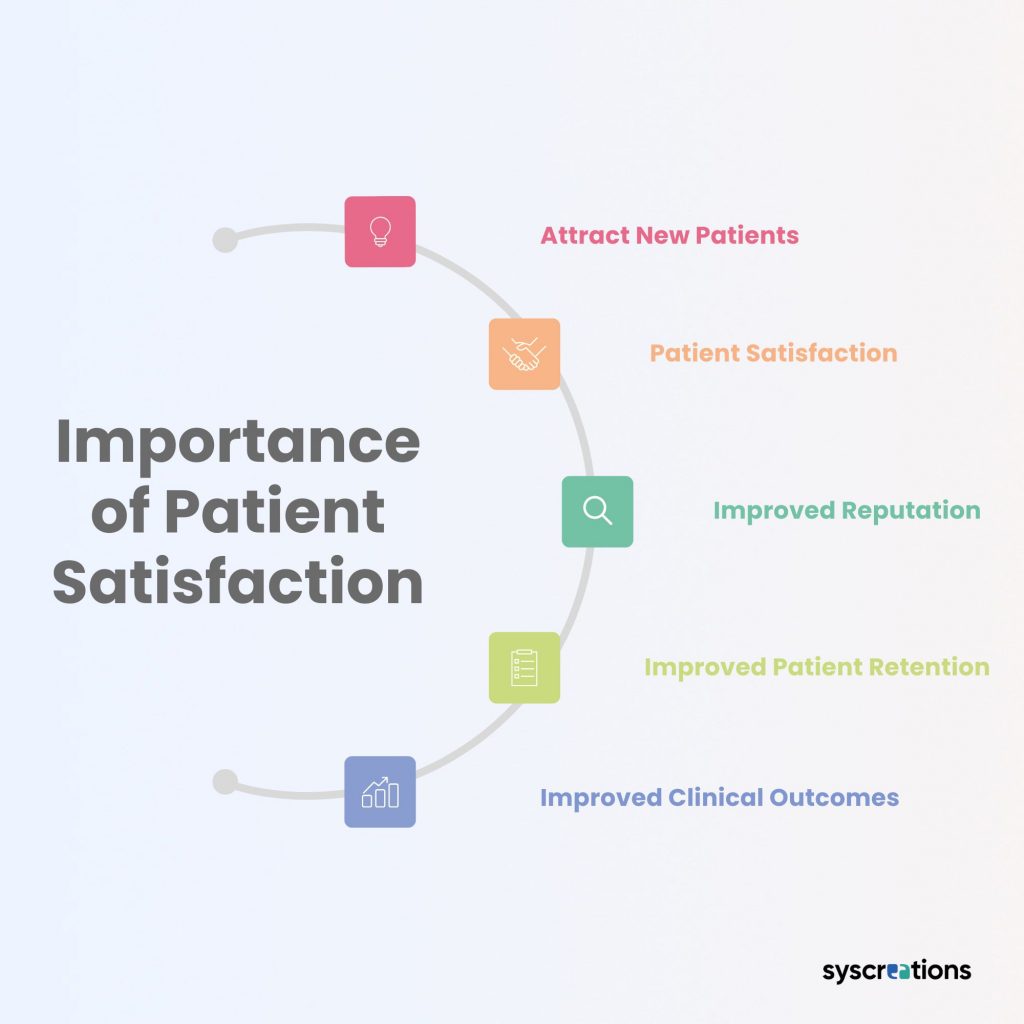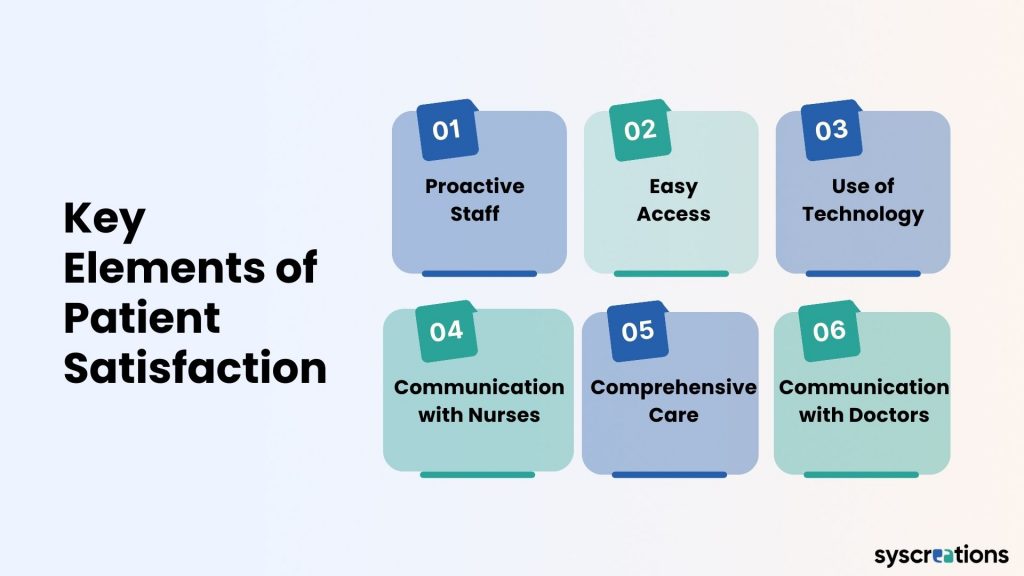Having great products and services is not enough to keep up with the competition today.
Patient satisfaction and experience are now the name of the game.
Many healthcare organizations are adopting digital transformation to give their patients the best possible experience.
A powerful digital infrastructure is the key to unlocking a world of possibilities for your patients and taking your business to the next level.
Let’s understand the process of providing better patient satisfaction and delivering better care with technological advancements.
What is Patient Satisfaction?
Patient satisfaction is used to measure the quality of care delivered in the healthcare industry.
It acts as an indicator in measuring the success of a clinic or hospital.
Hence, patient satisfaction in healthcare is significant and effective as it is based on the patient’s evaluation of the care received.
What would be the impact of patient satisfaction in healthcare organizations?
Without further ado, let’s explore it.
The Importance of Patient Satisfaction in Healthcare

To provide a seamless experience and satisfaction to patients, it is vital to understand the key elements of it.
Key Elements of Patient Satisfaction

The use of technology plays a vital role in patient satisfaction and experience.
Let’s discover how a digital backbone can assist you in increasing patient satisfaction!
But first, let’s understand what is a digital backbone.
What is a Digital Backbone?
A digital backbone is the glue that holds an organization’s digital infrastructure together.
It’s like a central nervous system that ensures data flows smoothly, communication is seamless, and collaboration is effortless across departments and systems.
The ultimate goal is to create an agile, efficient, and patient-centric organization that can adapt quickly to changing needs and demands.
The seamless functioning of an organization relies heavily on a well-structured backbone that ensures the working of all components in harmony.
Key Components of a Digital Backbone in Healthcare
Benefits of a Digital Backbone in Improving Patient Satisfaction
Are you curious about how implementing a digital backbone can benefit your organization?
Well, get ready to be amazed!
This innovative solution can bring a whole lot of advantages, including
- Enhanced agility and adaptability in responding to market changes
- Improved operational efficiency and productivity through streamlined processes
- Seamless collaboration between different departments and stakeholders
- Better patient experiences through personalized and real-time interactions
- Ability to use data insights for data-driven decision-making
- Accelerated innovation and the ability to adopt emerging technologies
And that’s not all!
You can also expect better patient experiences through
- Personalized and real-time interactions
- The ability to leverage data insights for data-driven decision-making
- Accelerated innovation with the ability to adopt emerging technologies
Please note that the specifics of a digital backbone may vary depending on your organization’s size and digital transformation objectives.
But one thing’s for sure: creating a solid and flexible foundation to support your digital initiatives can enhance your competitiveness in the digital age!
The Role of Digital Backbone in Patient Satisfaction
Upscale Your Business with the Backing of Digital Technology
Today, businesses need to keep up with their patients’ ever-changing preferences.
That’s why building a digital backbone is no longer a luxury, but a must-have.
By combining different systems, gathering patient data, and utilizing cutting-edge technologies, companies can create a one-of-a-kind, personalized experience that sets them ahead of the game.
As the digital world continues to evolve, having a sturdy digital backbone will be the bedrock on which businesses can develop long-lasting relationships with their patients and flourish in this digital era.



